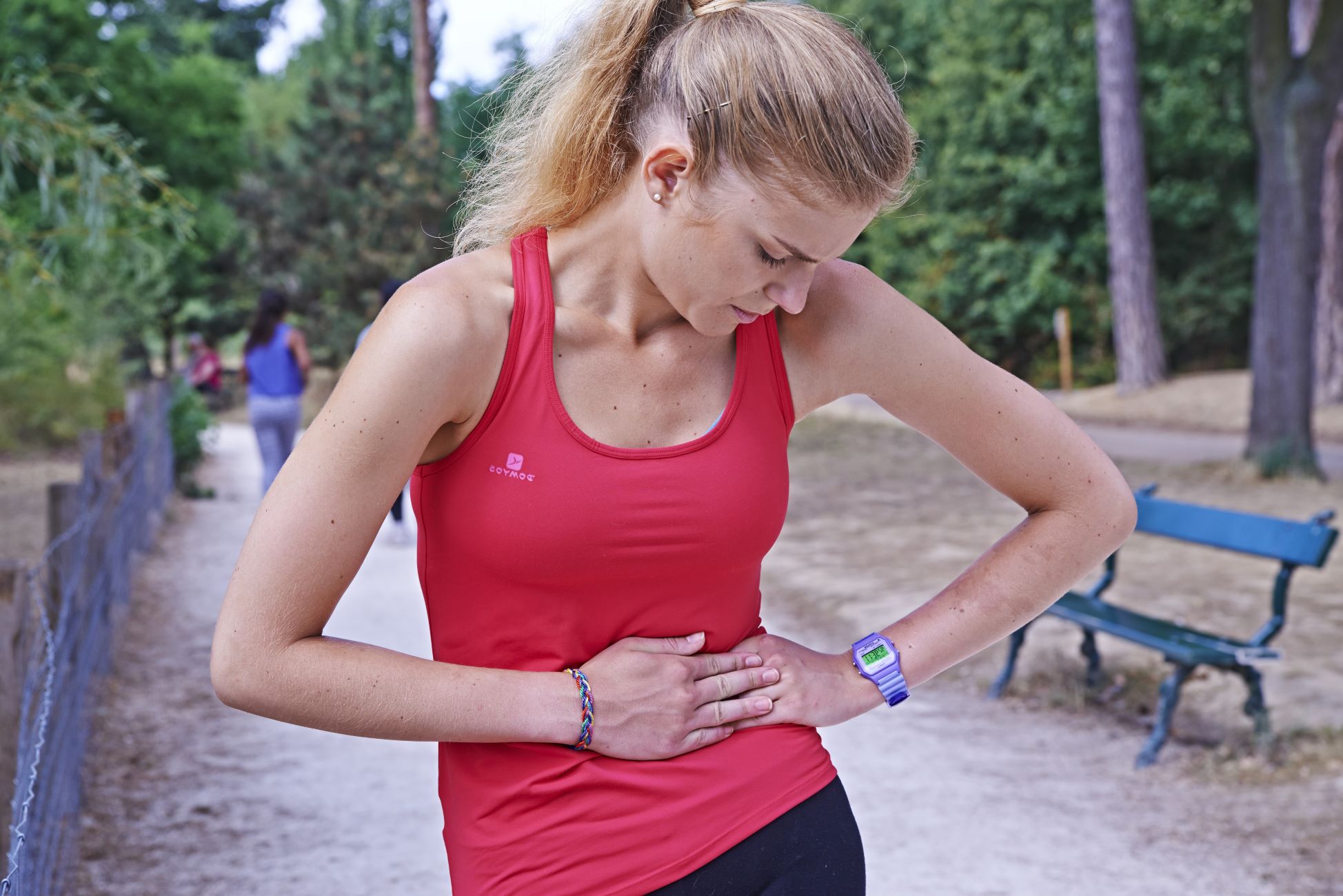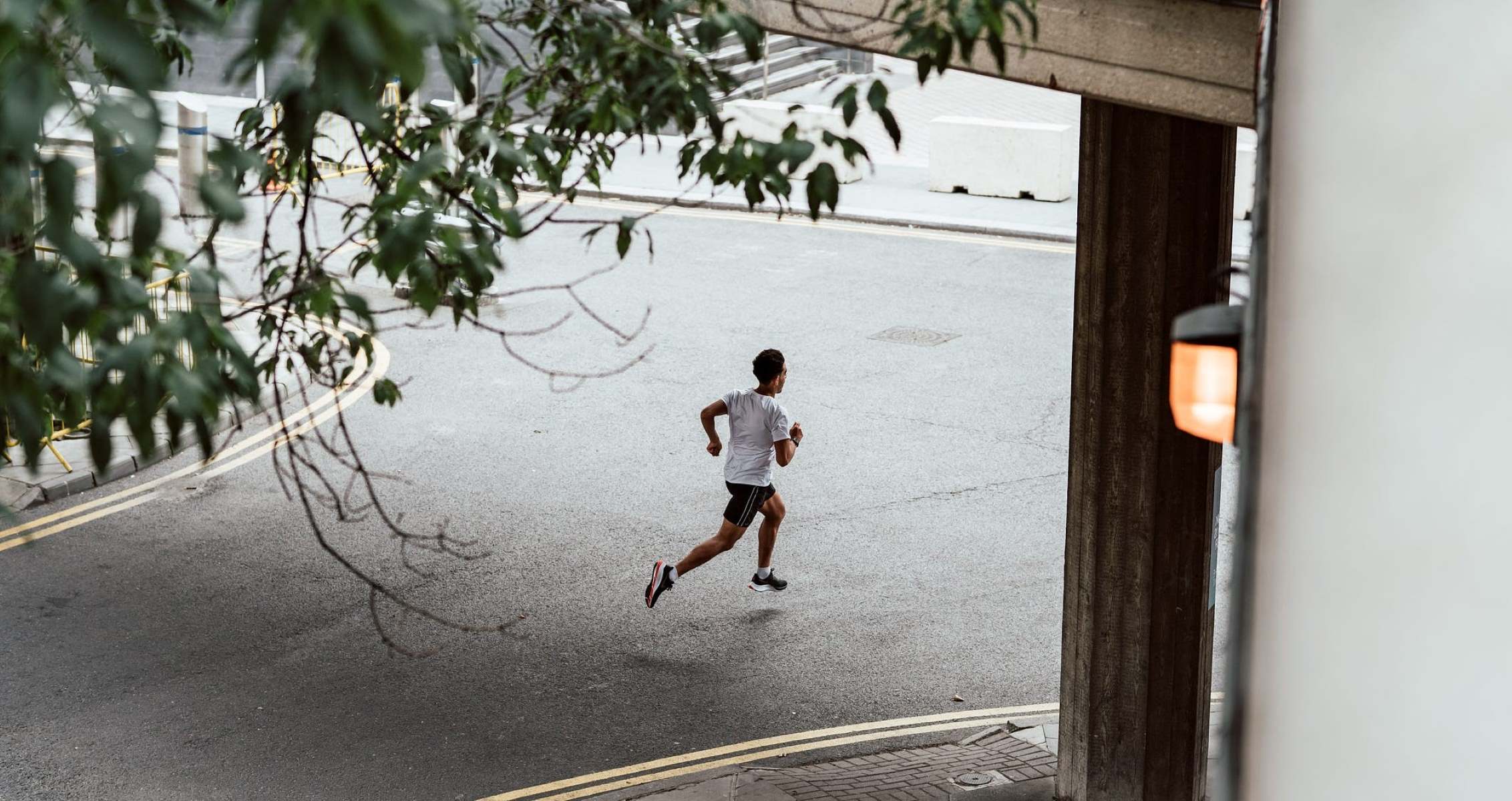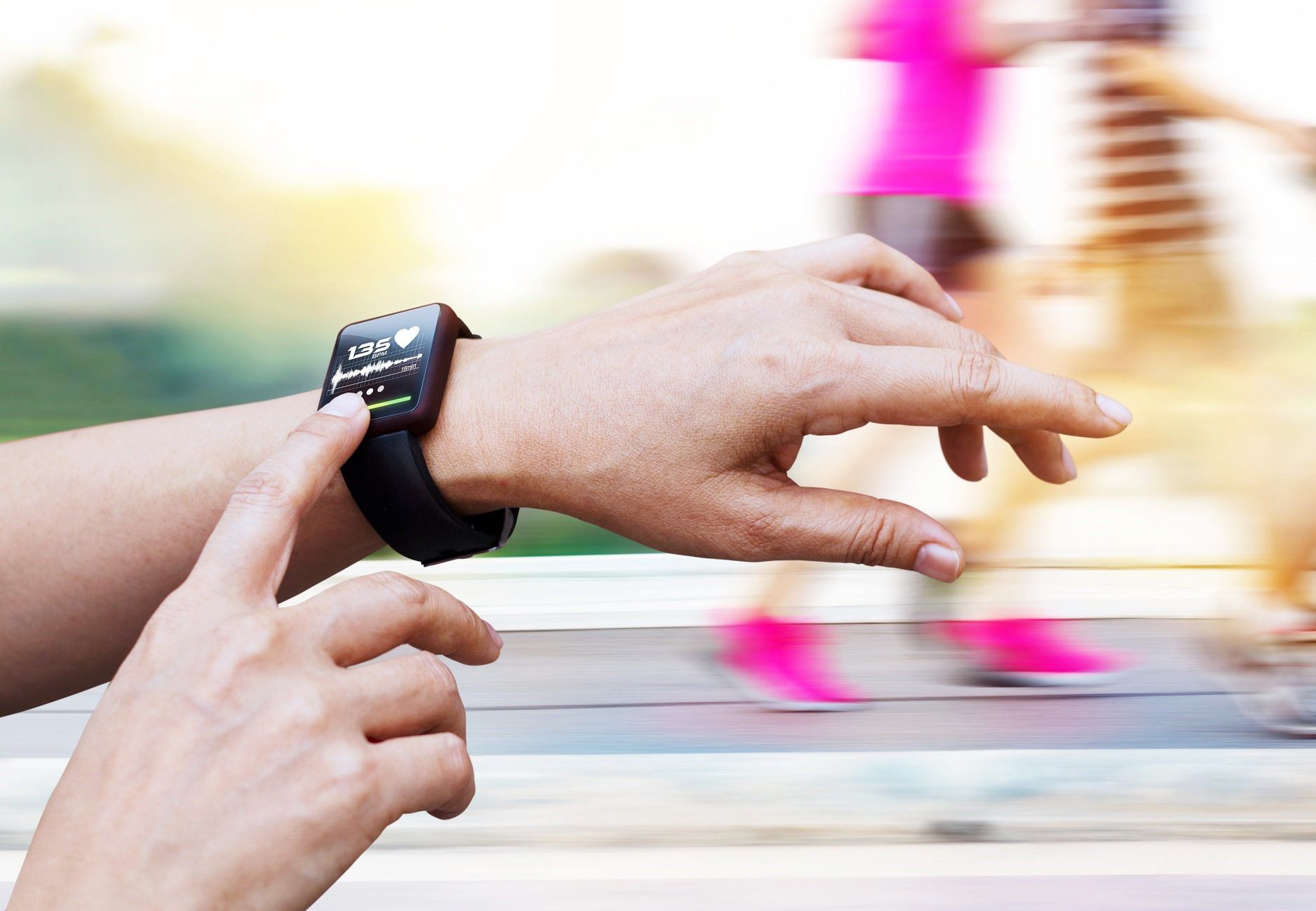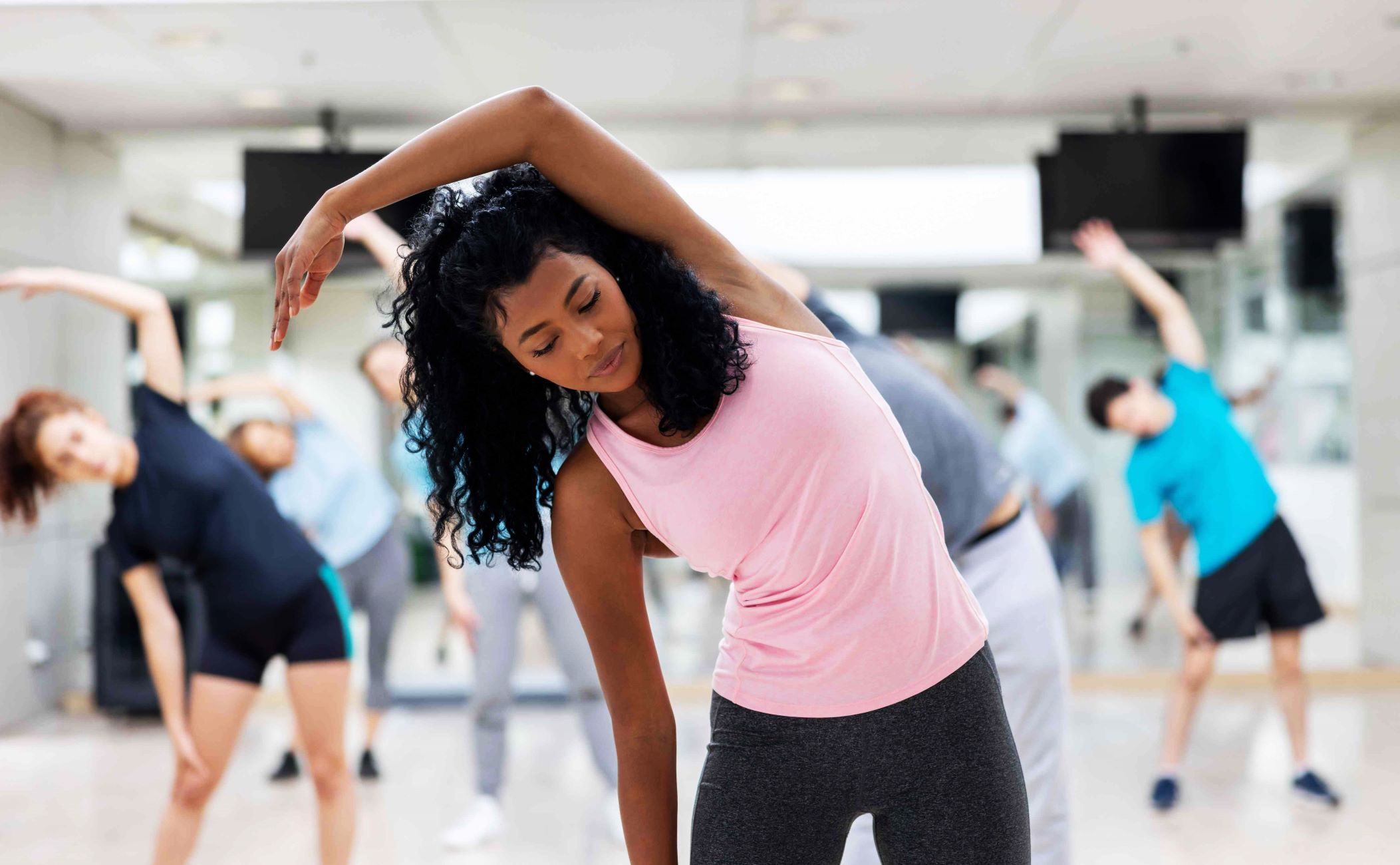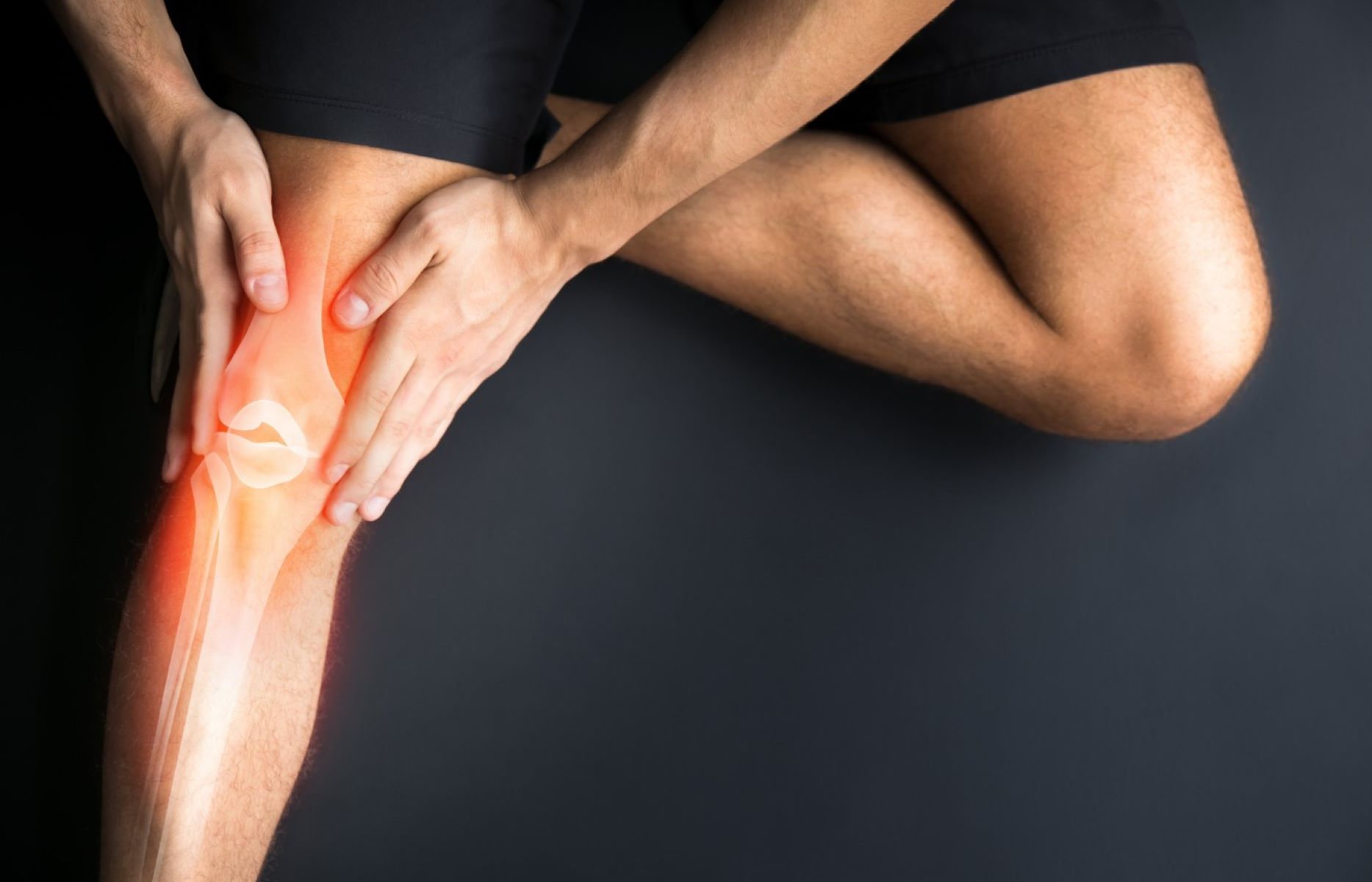Home>Health & Nutrition>Recovery>Understanding The Distinction Between Rest And Active Recovery In Running


Recovery
Understanding The Distinction Between Rest And Active Recovery In Running
Published: February 26, 2024
Learn the difference between rest and active recovery in running to optimize your recovery process. Discover the best practices for effective recovery to enhance your performance.
(Many of the links in this article redirect to a specific reviewed product. Your purchase of these products through affiliate links helps to generate commission for Therunningadvisor.com, at no extra cost. Learn more)
Table of Contents
- The Importance of Recovery in Running
- Rest Recovery: What It Is and How It Works
- Active Recovery: How It Differs from Rest Recovery
- The Benefits of Rest Recovery for Runners
- The Benefits of Active Recovery for Runners
- Incorporating Both Types of Recovery into Your Running Routine
- Understanding the Signs Your Body Needs Rest or Active Recovery
The Importance of Recovery in Running
Recovery is an integral aspect of any runner's training regimen. While the focus is often on the miles logged and the intensity of workouts, the significance of recovery should not be underestimated. In fact, it is during the recovery period that the body adapts to the stress of exercise and the real benefits of training take place.
When it comes to running, the repetitive impact and strain on muscles, tendons, and ligaments can lead to wear and tear over time. This is where the role of recovery becomes crucial. It allows the body to repair and strengthen itself, reducing the risk of overuse injuries and enhancing overall performance.
Furthermore, recovery plays a pivotal role in preventing burnout and fatigue. Continuous training without adequate recovery can lead to diminishing returns, as the body becomes increasingly fatigued and less responsive to training stimuli. By incorporating proper recovery strategies, runners can maintain their energy levels and enthusiasm for the sport.
In addition, recovery is essential for optimizing the body's physiological adaptations to training. During exercise, the body undergoes stress and micro-tears in the muscles, which trigger the process of repair and growth. Adequate recovery time ensures that these adaptations occur efficiently, leading to improved endurance, strength, and overall fitness.
Moreover, recovery is closely linked to injury prevention. Overtraining and inadequate recovery can increase the risk of injuries such as stress fractures, muscle strains, and tendonitis. By allowing the body to recover and repair, runners can minimize the likelihood of experiencing these setbacks, thus enabling consistent and sustainable progress in their training.
In essence, recovery is not merely a passive phase between workouts; it is an active and essential component of the training process. By recognizing the importance of recovery in running, athletes can cultivate a balanced and sustainable approach to their training, leading to improved performance, reduced injury risk, and long-term enjoyment of the sport.
Rest Recovery: What It Is and How It Works
Rest recovery, also known as passive recovery, is a fundamental aspect of a runner's training regimen. It involves allowing the body to recuperate and rejuvenate without engaging in strenuous physical activity. This period of rest is characterized by reduced or minimal exercise, providing the body with the opportunity to repair and rebuild itself.
During rest recovery, the body undergoes a series of physiological processes that are essential for recovery and adaptation. One of the primary mechanisms at play is the repair of muscle tissue. When the body is at rest, it can allocate resources towards repairing the micro-tears that occur in the muscles during exercise. This repair process is crucial for muscle growth, strength development, and overall recovery from the stress of running.
Moreover, rest recovery allows for the restoration of energy stores within the body. Glycogen, the primary form of energy storage in muscles, becomes depleted during intense exercise. Through rest and adequate nutrition, the body replenishes these glycogen stores, ensuring that runners have the necessary fuel for their next workout or race.
Additionally, rest recovery facilitates the reduction of inflammation and the elimination of metabolic byproducts that accumulate during exercise. This process helps to alleviate muscle soreness and stiffness, allowing runners to feel refreshed and ready for their next training session.
Furthermore, rest recovery plays a crucial role in regulating the body's hormonal balance. Intense exercise can lead to an increase in stress hormones such as cortisol, which, when chronically elevated, can have detrimental effects on recovery and overall health. By allowing the body to rest, cortisol levels can return to baseline, promoting a more favorable environment for recovery and adaptation.
In essence, rest recovery is a vital component of a runner's training cycle. It provides the necessary time for the body to repair, refuel, and reset, ultimately leading to improved performance, reduced injury risk, and long-term sustainability in the sport. By incorporating adequate rest into their training schedules, runners can optimize their recovery process and reap the full benefits of their hard work on the roads and trails.
Active Recovery: How It Differs from Rest Recovery
Active recovery, unlike rest recovery, involves engaging in low-intensity exercise or movement following intense workouts or competitions. While rest recovery emphasizes complete physical and mental rest, active recovery encourages light physical activity to facilitate the body's recuperative processes. This approach to recovery offers distinct benefits and serves as a complementary strategy to traditional rest periods.
The primary difference between active and rest recovery lies in the level of physical exertion. During active recovery, individuals partake in low-impact activities such as walking, cycling, or swimming, which promote blood circulation and muscle movement without inducing additional stress on the body. In contrast, rest recovery entails minimal physical activity, allowing the body to focus solely on repair and regeneration.
Active recovery also plays a unique role in enhancing blood flow and nutrient delivery to the muscles. The gentle movement involved in active recovery promotes the clearance of metabolic byproducts, such as lactic acid, from the muscles, reducing post-exercise soreness and stiffness. This improved circulation facilitates the transport of essential nutrients and oxygen to the muscles, expediting the recovery process and promoting overall muscle health.
Furthermore, active recovery contributes to the maintenance of joint mobility and flexibility. The low-impact nature of activities such as yoga or gentle stretching routines during active recovery helps prevent muscle tightness and joint stiffness, promoting better range of motion and reducing the risk of injury. This contrast with rest recovery, where the body remains relatively sedentary, potentially leading to stiffness and reduced flexibility.
Moreover, active recovery can have a positive impact on mental well-being. Engaging in light physical activity can help alleviate post-exercise fatigue and promote a sense of relaxation and well-being. This mental rejuvenation can be particularly beneficial for athletes, as it allows them to maintain a positive mindset and motivation during their recovery periods.
In summary, active recovery differs from rest recovery in its emphasis on gentle movement and low-impact activities. By incorporating active recovery into their training routines, runners can promote enhanced circulation, muscle recovery, joint mobility, and mental well-being, ultimately contributing to improved overall performance and long-term sustainability in the sport.
The Benefits of Rest Recovery for Runners
Rest recovery plays a pivotal role in the overall well-being and performance of runners. By allowing the body to recuperate and rebuild without engaging in strenuous physical activity, rest recovery offers a myriad of benefits that contribute to the long-term sustainability and success of athletes.
One of the primary benefits of rest recovery is the facilitation of muscle repair and growth. During intense running sessions, the muscles undergo micro-tears and stress, leading to fatigue and potential damage. Rest recovery provides the necessary time for the body to allocate resources towards repairing these micro-tears, promoting muscle growth, and enhancing overall strength. This process is essential for preventing overuse injuries and ensuring that runners can continue to train consistently without compromising their muscular health.
Moreover, rest recovery allows for the restoration of energy stores within the body. Glycogen, the primary form of energy storage in muscles, becomes depleted during prolonged and intense exercise. Through rest and adequate nutrition, the body replenishes these glycogen stores, ensuring that runners have the necessary fuel for their next workout or race. This replenishment of energy stores is crucial for maintaining endurance and sustaining performance levels over time.
Additionally, rest recovery facilitates the reduction of inflammation and the elimination of metabolic byproducts that accumulate during exercise. This process helps to alleviate muscle soreness and stiffness, allowing runners to feel refreshed and ready for their next training session. By allowing the body to reset and rejuvenate, rest recovery contributes to improved recovery from the physiological stress of running, ultimately enhancing overall comfort and well-being.
Furthermore, rest recovery plays a crucial role in regulating the body's hormonal balance. Intense exercise can lead to an increase in stress hormones such as cortisol, which, when chronically elevated, can have detrimental effects on recovery and overall health. By allowing the body to rest, cortisol levels can return to baseline, promoting a more favorable environment for recovery and adaptation. This hormonal balance is essential for maintaining the body's resilience and ensuring that runners can continue to progress in their training without experiencing burnout or excessive fatigue.
In essence, rest recovery offers a multitude of benefits for runners, ranging from muscle repair and energy restoration to inflammation reduction and hormonal balance. By incorporating adequate rest into their training schedules, runners can optimize their recovery process and lay the foundation for sustained performance and long-term enjoyment of the sport.
The Benefits of Active Recovery for Runners
Active recovery, characterized by low-intensity physical activity following intense workouts or competitions, offers a range of benefits that are particularly valuable for runners. By incorporating gentle movement and light exercise into their recovery routines, runners can experience enhanced physiological and psychological well-being, ultimately contributing to improved performance and long-term sustainability in the sport.
One of the primary benefits of active recovery is its positive impact on blood circulation and nutrient delivery to the muscles. The gentle movement involved in activities such as walking, cycling, or swimming promotes the clearance of metabolic byproducts, such as lactic acid, from the muscles. This process reduces post-exercise soreness and stiffness, facilitating faster recovery and promoting overall muscle health. Additionally, improved circulation during active recovery enhances the transport of essential nutrients and oxygen to the muscles, expediting the recovery process and supporting optimal muscle function.
Furthermore, active recovery plays a crucial role in maintaining joint mobility and flexibility, which are essential for runners. Engaging in low-impact activities such as yoga or gentle stretching routines during active recovery helps prevent muscle tightness and joint stiffness, promoting better range of motion and reducing the risk of injury. By incorporating these activities into their recovery periods, runners can ensure that their bodies remain supple and resilient, allowing for efficient and pain-free movement during training and competition.
In addition to its physiological benefits, active recovery can have a positive impact on mental well-being. Engaging in light physical activity during the recovery phase can help alleviate post-exercise fatigue and promote a sense of relaxation and well-being. This mental rejuvenation is particularly valuable for runners, as it allows them to maintain a positive mindset and motivation during their recovery periods. By incorporating activities that promote mental relaxation and rejuvenation, runners can approach their training with renewed focus and enthusiasm, ultimately enhancing their overall performance and enjoyment of the sport.
In summary, active recovery offers a range of benefits for runners, including improved blood circulation, enhanced nutrient delivery to muscles, maintenance of joint mobility and flexibility, and positive effects on mental well-being. By integrating active recovery into their training routines, runners can optimize their recovery process, reduce the risk of injury, and cultivate a balanced approach to their physical and mental well-being, ultimately contributing to sustained performance and long-term enjoyment of running.
Incorporating Both Types of Recovery into Your Running Routine
Incorporating both rest recovery and active recovery into a comprehensive running routine is essential for optimizing the body's recovery process and promoting long-term performance and well-being. By strategically integrating these two forms of recovery, runners can experience a balanced approach to physical and mental rejuvenation, ultimately enhancing their overall training experience and sustainability in the sport.
To begin, scheduling dedicated periods of rest recovery is crucial for allowing the body to repair and rebuild following intense training sessions or competitions. Designating specific days or periods within the training cycle for complete physical and mental rest provides the necessary time for muscle repair, energy restoration, and inflammation reduction. By prioritizing rest, runners can ensure that their bodies have the opportunity to recover fully, minimizing the risk of overuse injuries and promoting overall muscular health.
In parallel, incorporating active recovery into the training routine offers a complementary approach to rest periods. Engaging in low-intensity activities such as walking, cycling, or gentle stretching during active recovery promotes enhanced blood circulation, nutrient delivery to the muscles, and maintenance of joint mobility and flexibility. This gentle movement facilitates the clearance of metabolic byproducts, reduces post-exercise soreness, and supports mental relaxation, contributing to a holistic approach to recovery and well-being.
Striking a balance between rest and active recovery is key to optimizing the overall recovery process. By alternating between periods of complete rest and low-impact activity, runners can ensure that their bodies receive the necessary stimuli for repair and rejuvenation while minimizing the risk of excessive fatigue or burnout. This balanced approach allows for the maintenance of physical and mental resilience, enabling runners to approach their training with renewed energy and enthusiasm.
Furthermore, individualizing the incorporation of both types of recovery based on training intensity, personal recovery needs, and overall well-being is essential. Recognizing the signs of fatigue, muscle soreness, and mental exhaustion can guide the strategic implementation of rest and active recovery periods. By listening to the body's signals and adjusting the recovery approach accordingly, runners can tailor their routines to optimize the recovery process and promote sustained performance and enjoyment of the sport.
In essence, incorporating both rest and active recovery into a running routine is a multifaceted approach that encompasses the physiological, psychological, and individualized aspects of recovery. By embracing the benefits of both forms of recovery and integrating them strategically, runners can cultivate a holistic approach to their training, ultimately leading to improved performance, reduced injury risk, and long-term sustainability in the sport.
Understanding the Signs Your Body Needs Rest or Active Recovery
Recognizing the signs that indicate the need for rest or active recovery is crucial for maintaining a balanced and sustainable approach to training. By paying attention to the body's signals, runners can proactively address their recovery needs, optimize their training regimens, and minimize the risk of overuse injuries and burnout.
Signs Your Body Needs Rest Recovery
-
Persistent Fatigue: Feeling consistently tired, both physically and mentally, despite adequate sleep and nutrition, can indicate the need for rest recovery. Persistent fatigue may signal that the body requires additional time to recuperate from intense training sessions.
-
Decreased Performance: Experiencing a decline in performance, such as slower running times or reduced strength and endurance, can be a sign that the body is fatigued and in need of rest. When the body is unable to maintain previous performance levels, it may indicate the necessity for dedicated rest periods.
-
Muscle Soreness and Stiffness: Lingering muscle soreness and stiffness that persist beyond the typical recovery period following workouts can signify the need for rest recovery. When the body struggles to alleviate muscle discomfort, it may require additional time for repair and regeneration.
-
Elevated Resting Heart Rate: Monitoring changes in resting heart rate can provide insights into the body's recovery needs. An elevated resting heart rate over an extended period may indicate accumulated fatigue and the necessity for restorative rest periods.
Signs Your Body Needs Active Recovery
-
General Muscle Tightness: Feeling overall muscle tightness and stiffness, particularly after intense workouts, may indicate the need for active recovery. Engaging in low-impact activities such as walking or gentle stretching can help alleviate muscle tightness and promote flexibility.
-
Mental Fatigue and Stress: Experiencing mental fatigue, stress, or a lack of motivation towards training can signal the need for active recovery. Engaging in light physical activity can help alleviate mental fatigue and promote a sense of relaxation and well-being.
-
Delayed Onset Muscle Soreness (DOMS): Experiencing delayed onset muscle soreness, characterized by muscle discomfort 24-72 hours after intense exercise, may benefit from active recovery. Gentle movement can help alleviate DOMS and promote faster recovery.
-
Joint Discomfort or Stiffness: Sensing discomfort or stiffness in the joints, particularly after high-impact workouts, may indicate the need for active recovery. Low-impact activities can help maintain joint mobility and reduce the risk of injury.
By understanding these signs and responding accordingly, runners can tailor their recovery strategies to meet the specific needs of their bodies, ultimately promoting sustained performance and well-being in their running endeavors.

